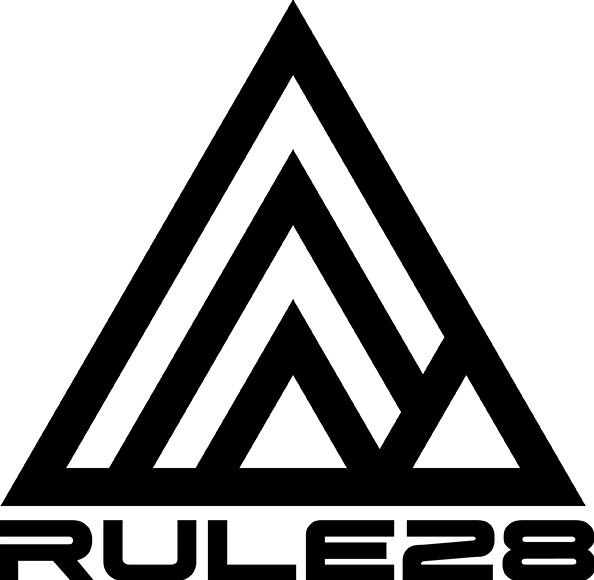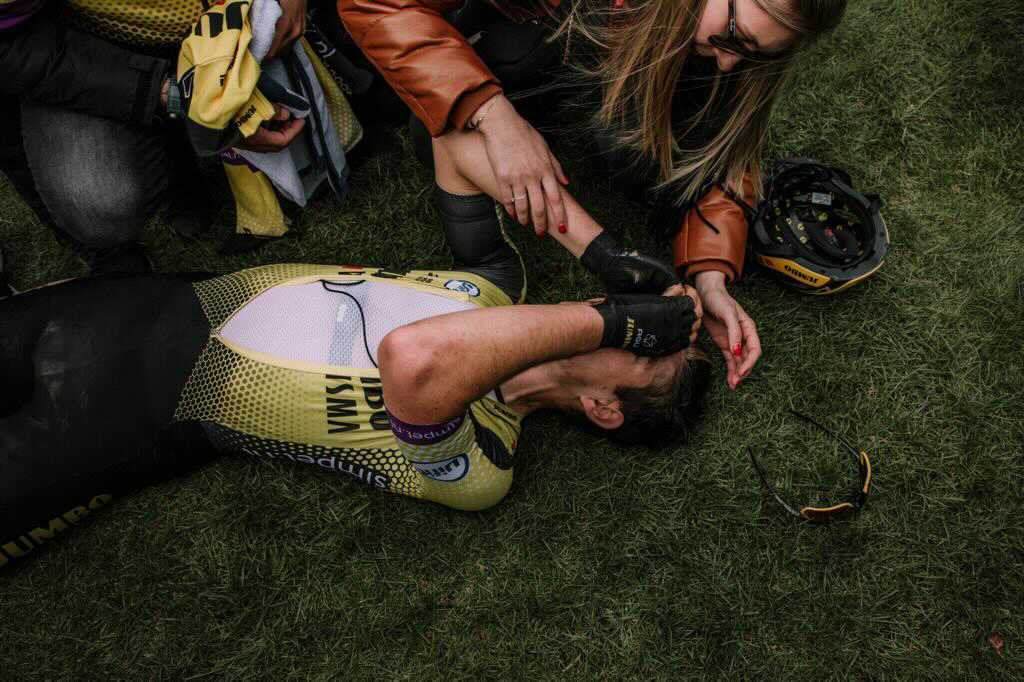Will Harper talks us through how to enjoy time away from the bike and how to come back stronger for it.
Whether racing as a pro or an amateur, time off the bike at the end of a busy season is incredibly important in order to freshen up physically and mentally.
In a normal year one would expect to be training from November to March and racing from March to late September; it can be a long, gruelling season with early starts, late finishes, lots of travelling and thousands of kilometres in the saddle. Naturally this takes its toll on the body. After months of pushing physiological limits, riders often see a plateau or decline in form as the season reaches its close, illnesses and injuries become more frequent and the body is left feeling generally tired and empty. When this happens, listening to the body is absolutely essential. It’s time for the “off season”.
It’s not only the body that can need a rest at the end of a long year, it’s also important to give yourself a mental break too. Through training and racing your mind will at times also be pushed close to its limits. To preserve your ability to push in this way, it’s important to work in some mental down time to your off season.
What should “off season” look like? I don’t think there’s a precise ‘one size fits all’ approach that can be prescribed, it depends on an individual’s physiology and temperament but, I’ll endeavour to outline below what I suggest to those whom I coach.

First and foremost, three weeks off the bike, any bike… After a year of pushing both mind and body, day in day out, an athlete should feel absolutely no guilt in giving themselves three weeks completely away from the bike. I encourage my clients to go and enjoy themselves in other ways; enjoy the food an athlete usually wants but avoids, meet with friends, have a few drinks, go on holiday if possible, go for some very steady jogs, spend some time on gym work, yoga etc. The only rule is, don’t ride a bike! After 3 weeks, if feeling energised and motivated, it’s time to crack on. If not, take some more time off until you are ready, but stay active in this period.

The start of the new season should be gradual, a progressive reprogramming of mind and body. Don’t dive in with a huge endurance block or immediately start trying to lose weight, this will lead to burnout. Start with a week or two of 60 to 90-minute easy spins and a couple of rest days, mix it up with some MTB or gravel rides if this is an option. Ride to feel or heart rate as your FTP will of course have shifted. Eat well on these rides, enjoy some whole foods while you can (peanut butter and jam wraps, homemade flapjacks and rice cakes are personal favourites) as there will be plenty of more intense sessions later in the year where this is not as easy to stomach. Include some short leg speed drills in these early rides but keep the power controlled. Importantly, don’t expect the body to absorb training load like it was during the season, take rest on demand, listen to your body and don’t be afraid to change the plan.

After this phase, an athlete should be physically and mentally ready to start some more structured training. Again, this training is gradual and controlled, nudging CTL (chronic training load) up throughout the winter while monitoring fatigue closely and getting plenty of rest.
A final note on eating in off season and early season. I felt this deserved its own paragraph given how many athletes seem to have a turbulent relationship with food.
Photo Credit (in order of apperance): Jojo Harper, Andy Turner, Jojo Harper, Huw Fairclough






Share:
Common Cycling Injuries & How To Address Them